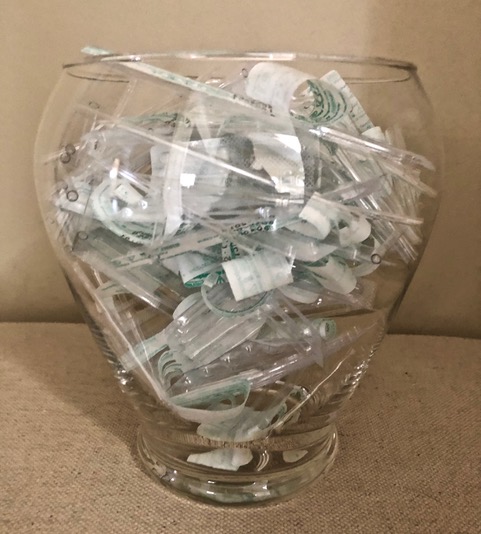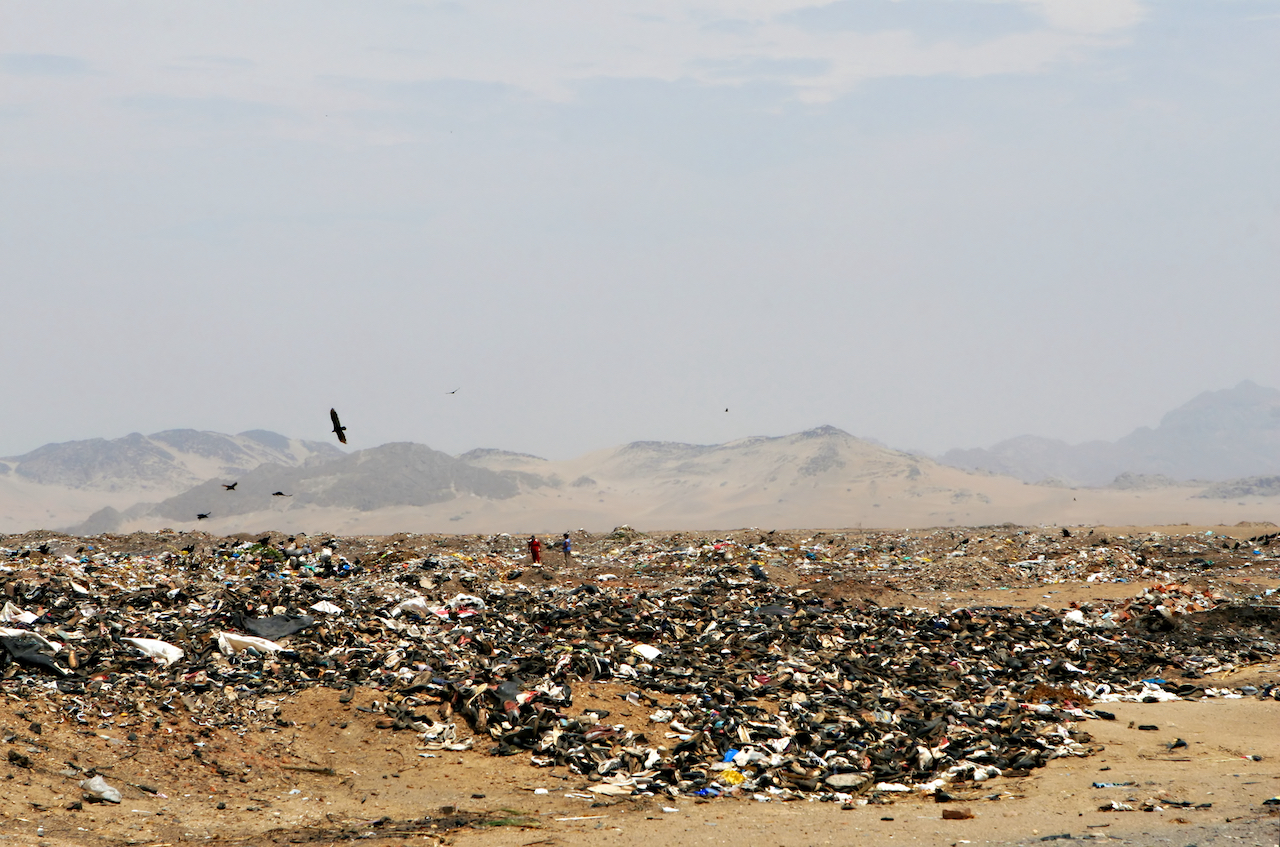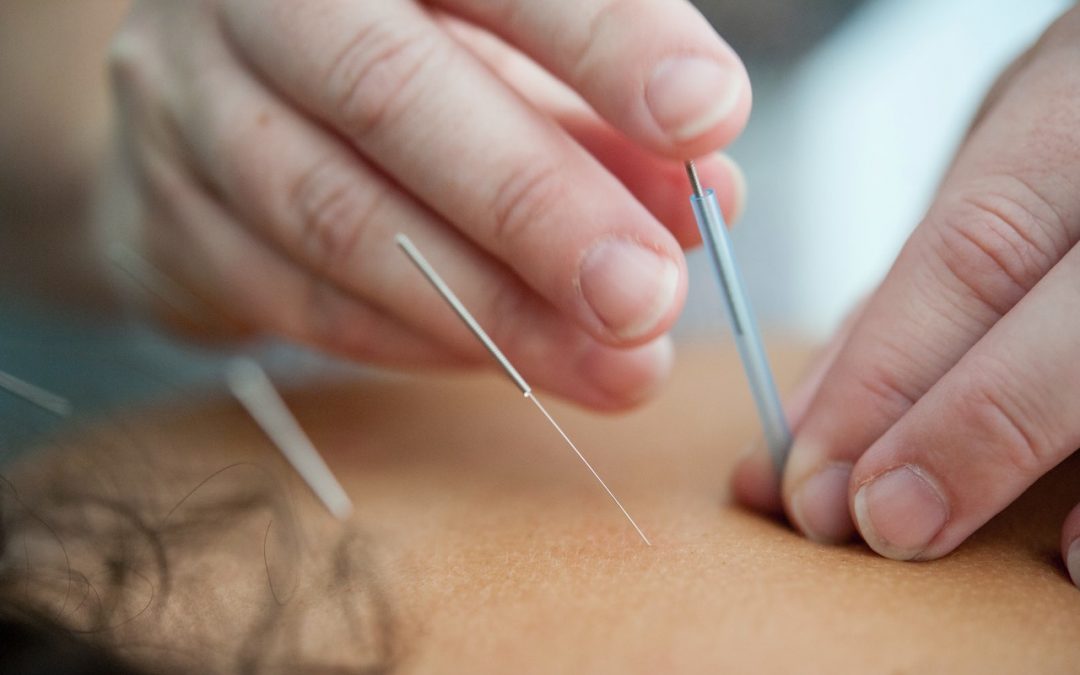The plastic crisis has concerned us for decades as both landfilled and incinerated waste continue to pollute the environment and pose health risks to humans and wildlife. With packaging of all sorts being the main source of plastic pollution that is clogging the ocean, its growth is expected to exceed the weight of all fish by 2050 at current rates of plastic waste generation (1).
Just as recently as this past year, we’ve finally seen the adoption of plastic bag bans in supermarkets depending on which part of the world we live in. Is it finally also time to introduce this eco-friendly approach into the psyche of physiotherapists using hundreds of monofilament needles in their practice on a weekly basis?
Acupuncture (including dry needling) is certainly doing its part in adding further to the pollution crisis. Its growing popularity across the globe in the last 20 years has resulted in a corresponding rise in acupuncture related waste. It is estimated that over 10 million acupuncture sessions are now being offered annually between all health professionals. This comprises the use of over 1 billion needles. If it is hard to visualize how much waste might result from this estimate, the picture below gives us an idea of the waste generated from the use of 100 needles.


Len Kiroplis
PT, BHSc
Len is a committee member of the International Acupuncture Association of Physical Therapists (IAAPT), a subgroup of World Physiotherapy, and completed his term as Chair of the Acupuncture Division of the Canadian Physiotherapy Association in 2020. Len keeps busy between clinical work and private practice ownership and enjoys nature, skiing, mindfulness, food and travel.
Since acupuncture needles can be completely melted down and re-formed back into new ones and other products, it is not the actual needles that are having the greatest negative impact on the environment, but rather the packaging that comes with them.
Single-use acupuncture needles often come individually tubed and are packaged in sleeves made up of plastic and paper. The practitioner is usually required to open multiple sleeves or blister packs to use the same size needle and may even use a few other sizes in one session depending on the body region being treated. This packaging waste can build up quickly, making the environmentally sensitive practitioner feel guilty about contributing to the pollution problem. Throughout the world, this waste has steadily grown since the late seventies when the first disposable needles were introduced.

The manufacturing of acupuncture needles presents an additional burden to the planet; it can potentially involve toxic acidic cleaning baths and unnecessary excessive plastic waste at various levels depending on whether the handle type used is stainless steel, plastic or copper.
Copper has long been a traditional material for acupuncture needles as it occurs naturally in the earth, however, copper mining is an incredibly destructive process that leads to deforestation and land degradation (2). Toxic chemicals used in the extraction and processing can also cause significant contamination in the local land and water sources. Unfortunately, the steel industry is also polluting, but steel itself is endlessly recyclable and contaminated water tends to be filtered and reused.
Physiotherapists, by and large, treat with a holistic approach. Furthermore, those with Traditional Chinese Medicine training, additionally adopt the notion of wellbeing closely being related to a connection to nature. Therefore, one often finds that a dissonance exists when we use equipment, tools and materials that are actively harming the planet. We need to start impacting our environments the same positive way we affect our patients.
The solution is certainly not a return to practicing with reusable needles, due to the considerable risk associated with improper sterilization. However, there are other things we can do to reduce the impact of frequent needle use. Thankfully, a few companies have made great progress in addressing harmful ecological issues and have come up with the following:
- Many companies now include 10 needles in one pouch with no insertion tubes. This saves a lot of waste as many practitioners don’t use a tube or use fewer tubes than provided in the packaging.
- Glassine sleeves are one option used to package the guide tube. Glassine is a unique grade of paper. It is 100% recyclable and bio-degradable, and it will decompose into CO2 and water.
- Boxes containing the needles can now be made from the waste fibres created during sugarcane making. This material is easily biodegradable in commercial composting facilities and is also fully recyclable.
- Tubes are now also being manufactured with significantly reduced plastic. Even an alternative to the plastic tube is currently being worked on. Other materials considered are bamboo (3), sugarcane (4), tapioca starch (5) and areca palm alternatives to make the acupuncture needle holding ends, guide tubes, needle holders, separation packaging and boxes with the goal being 100% biodegradable or recyclable.
- The significantly reduced packaging helps lower CO2 emissions through decreased weight of shipping materials and less processing of waste materials.
- Some manufacturers are opting for gamma-ray sterilization of their needles. which gives them five years of shelf life as opposed to the usual three that comes with gas sterilization. This difference means less wastage from old needle boxes throughout the supply chain.
- Environmentally friendly companies are even going as far as donating a percentage of sales to environmental causes.
Suppliers and manufacturers involved in some of these initiatives include: Acurea, Meridius Medical, Lhasa OMS, Golden Flower Chinese Herbs, Eastern Currents, MediKore and Acufast.
As the use of acupuncture and dry needling continues to grow, physiotherapists are becoming more aware of the waste they are contributing to their environment and eventually will adopt the use of eco-friendly needles; in turn, they’ll help significantly reduce the acupuncture related waste in landfills and oceans across the globe by hundreds of thousands of kilograms annually.
Thanks to forward thinking practitioners and manufacturers, we’ve made the first important steps to fix a long standing crisis. Although we can’t click our fingers and turn every product and service into environmentally friendly ones, we can certainly do our best to reduce our impact on resources and the planet.
At this critical point in our journey of environmental sustainability, I invite you to ponder the following eloquent words of eco-philosopher, Joanna Macy, a respected voice in the movements for peace, justice, and ecology:
“As we work to heal the Earth, the Earth heals us. No need to wait. As we care enough to take risks, we loosen the grip of ego and begin to come home to our true nature.” … “Future generations, if there is a liveable world for them, will look back at the epochal transition we are making to a life-sustaining society. And they may well call this the time of the Great Turning.”
References
- World Economic Forum (2016) Ellen MacArthur Foundation and McKinsey & Company, The New Plastics Economy — Rethinking the future of plastics (http://www.ellenmacarthurfoundation.org/publications: The New Plastics Economy)
- Danwatch. Impacts of copper mining on people and nature.
- Nurul Fazita, M.R.; Jayaraman, K.; Bhattacharyya, D.; Mohamad Haafiz, M.K.; Saurabh, C.K.; Hussin, M.H.; H.P.S., A.K. Green Composites Made of Bamboo Fabric and Poly (Lactic) Acid for Packaging Applications—A Review. Materials 2016, 9, 435. https://doi.org/10.3390/ma9060435
- Pereira L., Mafalda R., Marconcini J.M., Mantovani G.L. (2015) The Use of Sugarcane Bagasse-Based Green Materials for Sustainable Packaging Design. In: Chakrabarti A. (eds) ICoRD’15 – Research into Design Across Boundaries Volume 2. Smart Innovation, Systems and Technologies, vol 35. Springer, New Delhi. https://doi.org/10.1007/978-81-322-2229-3_10
- Ali R., Rahman W., Kasmani R., Ibrahim N., Mustapha S., Hasbullah H., 2013, Tapioca Starch Biocomposite for Disposable Packaging Ware, Chemical Engineering Transactions, 32, 1711-1716.

